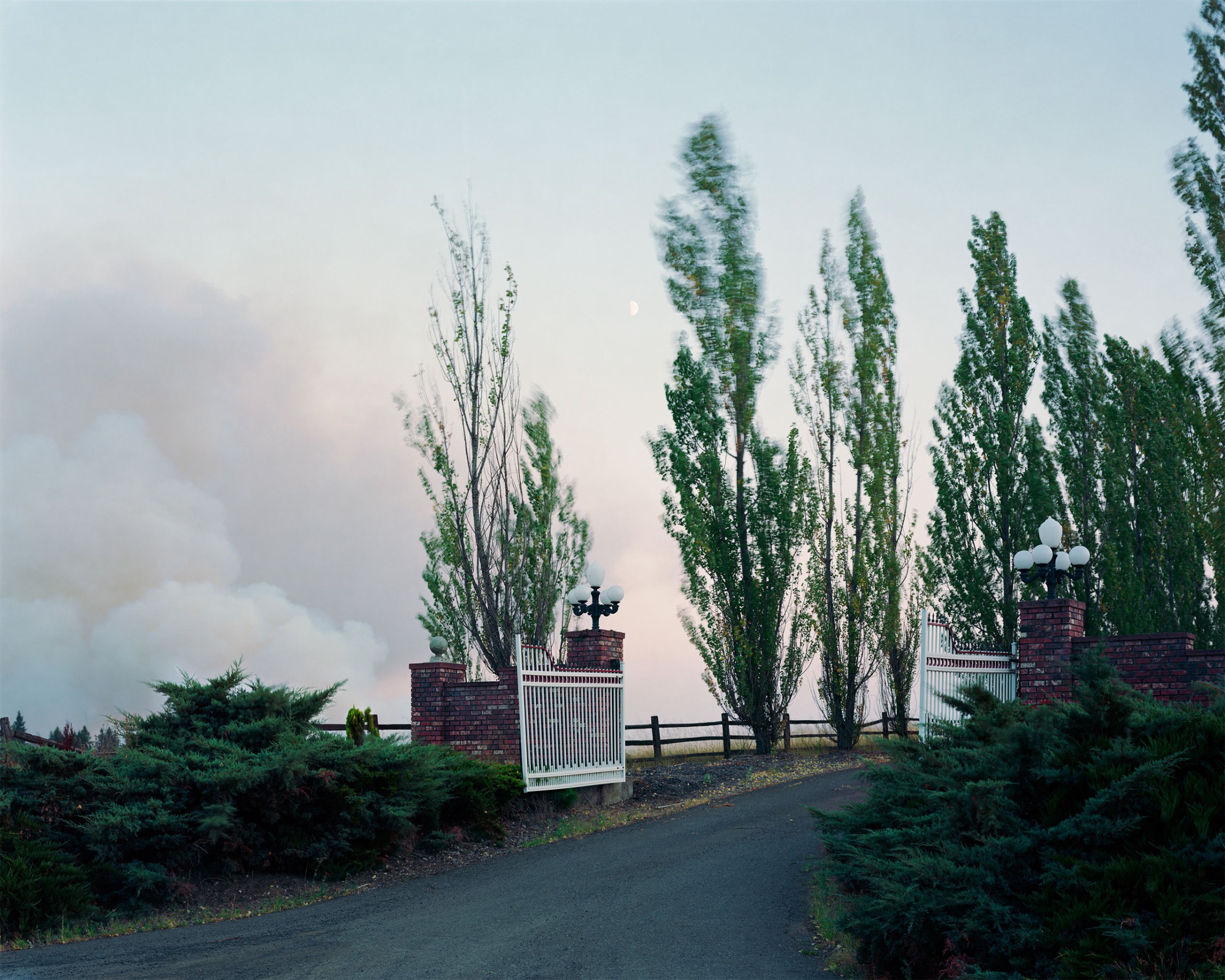
The job of a curator is often one of subtraction: it took TIME’s senior photo editor Myles Little roughly a year and a half to narrow down an array of 2,000 photographs to a first selection of 16 that were to become his traveling exhibition on wealth inequality.
But it’s also a lengthy process of addition, one that required several extra months for him to bring that initial collection up to 30 images, as requested by a festival’s curators.
It then took three more months to almost double that number to 50, this time for the publication of the book, Little’s first, 1%: Privilege in a Time of Global Inequality, published in January by Hatje Cantz and financed mostly through a Kickstarter campaign.
Producing the book made it possible to feature a larger number of photographers, an opportunity that Little greatly cherished. Here, he could include work of Dutch photographer Jacqueline Hassink, whose rigorous analysis of the locations she photographs – a haute couture atelier, the opulent meeting room of a bank – verges on the anthropological study of space, Little explains. He also introduced a photograph by Matthew Pillsbury of the Robot Restaurant in Tokyo, which represents “the frenzy of consumption and luxury and light and motion – that wasn’t something I was able to show in the exhibit.”
Because the festival curators handled the printing, Little’s contribution was limited to suggestions on printing size, which remained the same for all the images – unlike the book which features various sizes. Moreover, the linear, uninterrupted layout of the exhibit, which creates a steady flow for the visitor’s experience, gradually breaks down in the book as “narrative elements” are introduced: the photograph size, negative space, a page left blank, they all become distinctive aspects of the narration. “With the book you can establish this rhythm, pauses and exclamation points that you can’t really get in a show,” Little says.
Read more articles in TIME LightBox’s series Anatomy of a Photobook
The resulting book is divided into two chapters: the first focuses on the 1%, displayed in a variety of categories – business, technology, healthcare, leisure, and education – while the second provides the perspective of those outside the 1% looking in.
The first part pokes at privilege and reaches its crescendo with an opulent scene of luxury in a Monaco casino. Then the pace slows with a blurred photo of a gold powder that attracts our attention but also reveals the downside of power’s ephemeral nature. It’s Sasha Bezzubov’s photo from the Republic of Dust (2012) series. “[It is a] scene of evaporation, this sort of golden cloud, which to me suggests how fragile and imperiled much of the world is, considering the level of risk and financial misdeeds,” says Little. “I think so much wealth in our world evaporated just like this in 2008.”
Then comes a hiatus, a page left blank, introducing a moment of meditation – a narrative element absent from the show. The larger collection of images also broadens the discourse: a new narrative, introduced by the rhythm of the photographs, the pace dictated by juxtapositions and diptychs, allowing Little to “map out more points in this world of wealth.”
Such points are shown in Alec Soth’s panorama photo of Kamiah, a city in Idaho, shot in 2008: a posh neighborhood, a lavish private house with a gate and aligned spruces, and in the distance there is a subtle cloud of smoke from an unknown source, like “danger on the horizon that is caused by inequality and injustice. There is a feeling of subtle menace in these photos, and anxiety,” Little says. “What I liked about it was that the level of risk in our economic system is such that it threatens not only people in the middle and lower classes, but it is starting to affect people in the very top.”
A photo by Simon Norfolk depicts a gate at the U.S.-Mexican border. In this night-time image, Norfolk captured the flight of moths in neon light, their trajectory resembling twisted strands of wire. “And what is the light?” Little wonders. “Is it what we think it is? I don’t think the light is even what Americans think it is, not to mention people from impoverished regions in Central America. I think we’re all trying to fly to that light too.”
Myles Little is a Senior Photo Editor at TIME. 1 %: Privilege in a Time of Global Inequality is a traveling exhibition and a photo book published by Hatje Cantz.
Lucia De Stefani is a writer and contributor at TIME LightBox. Follow her on Twitter and Instagram.
Follow TIME LightBox on Facebook, Twitter and Instagram.
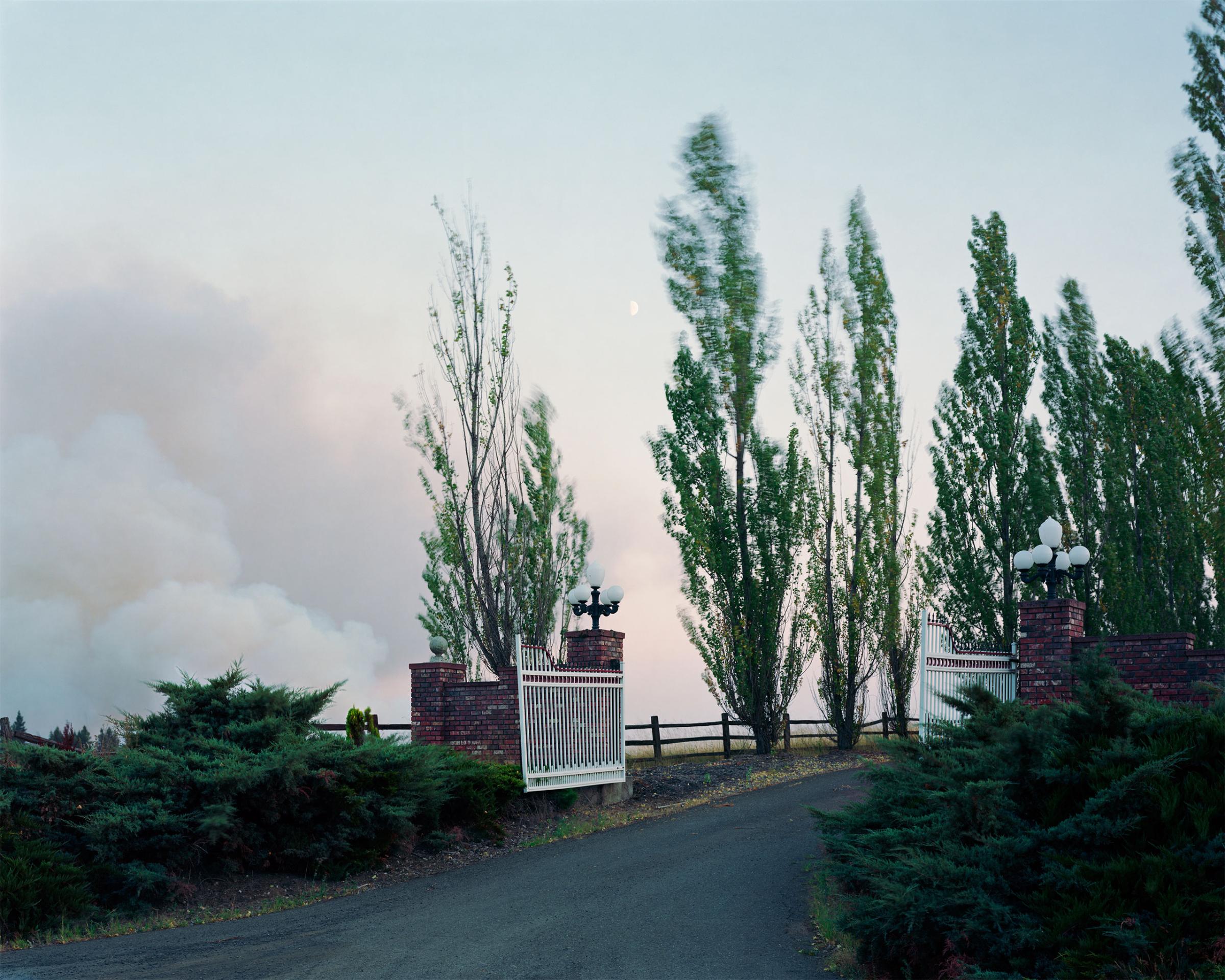
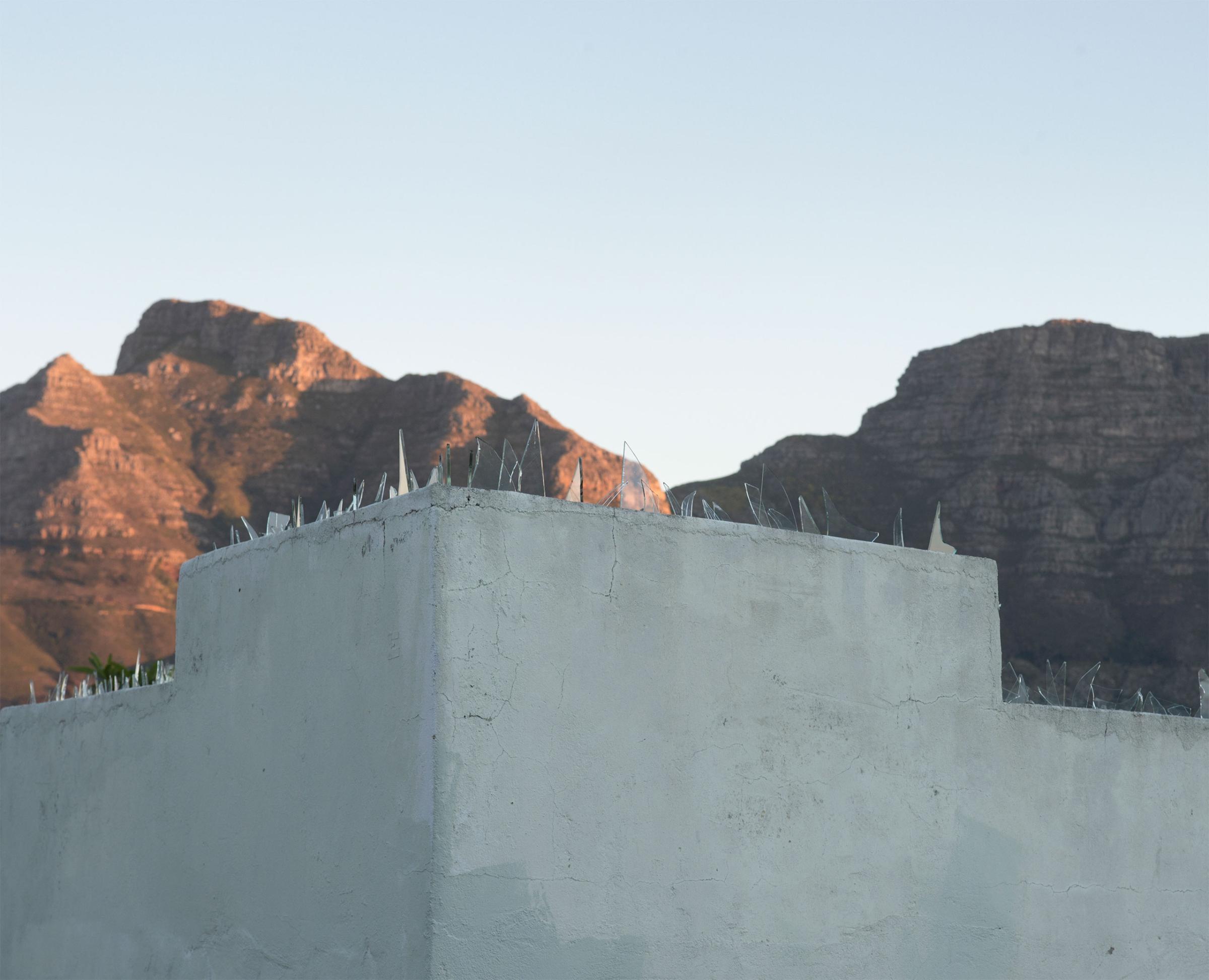
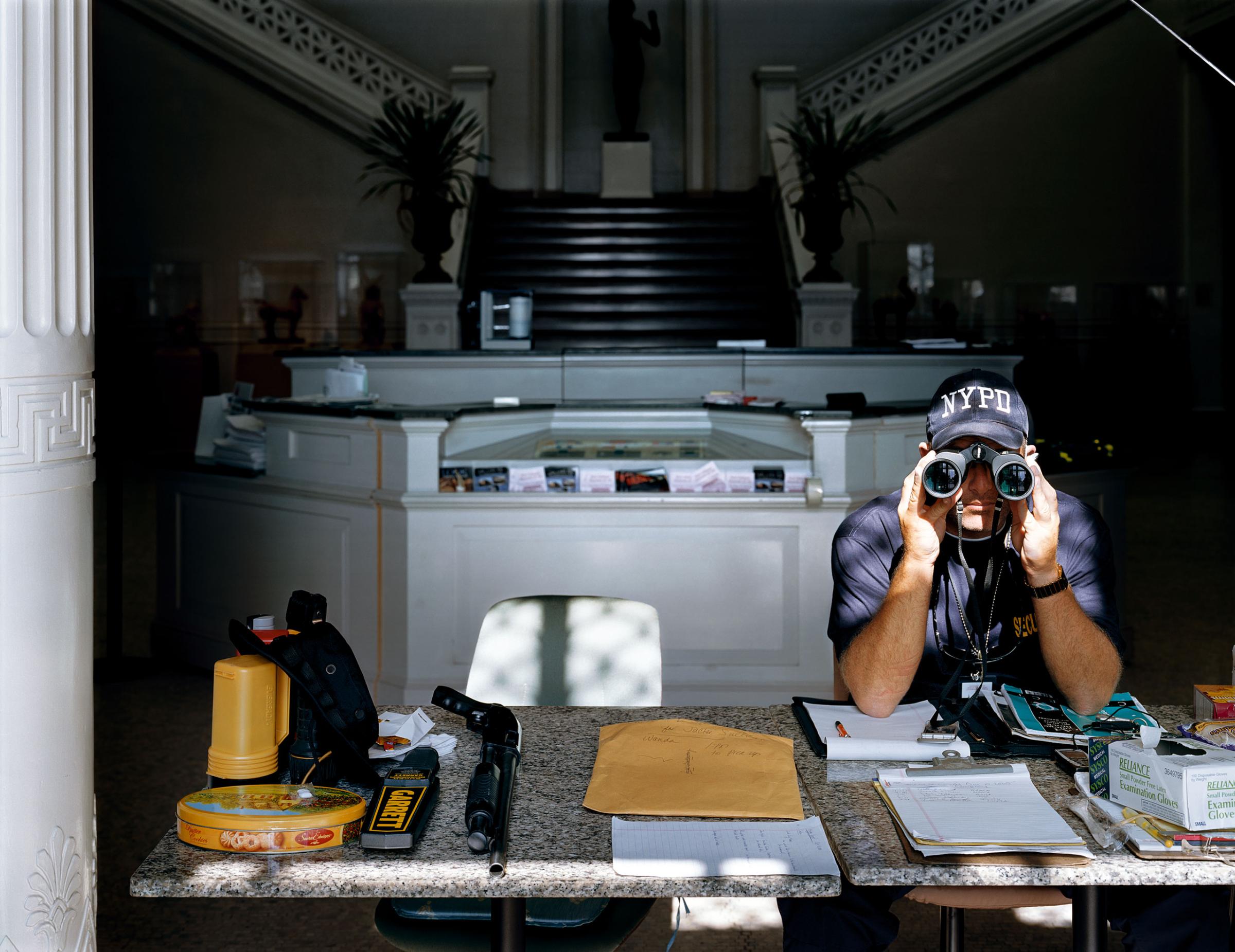
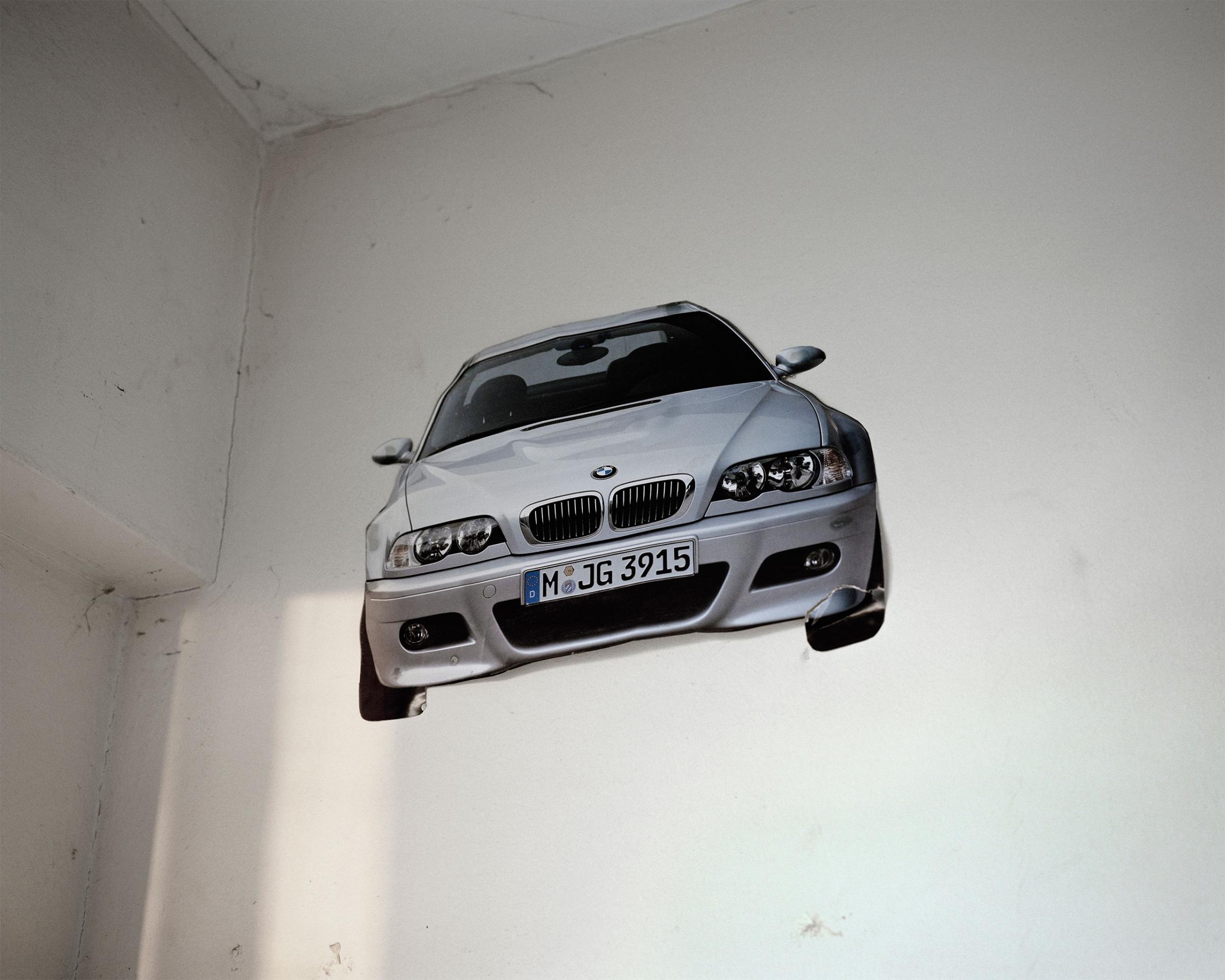

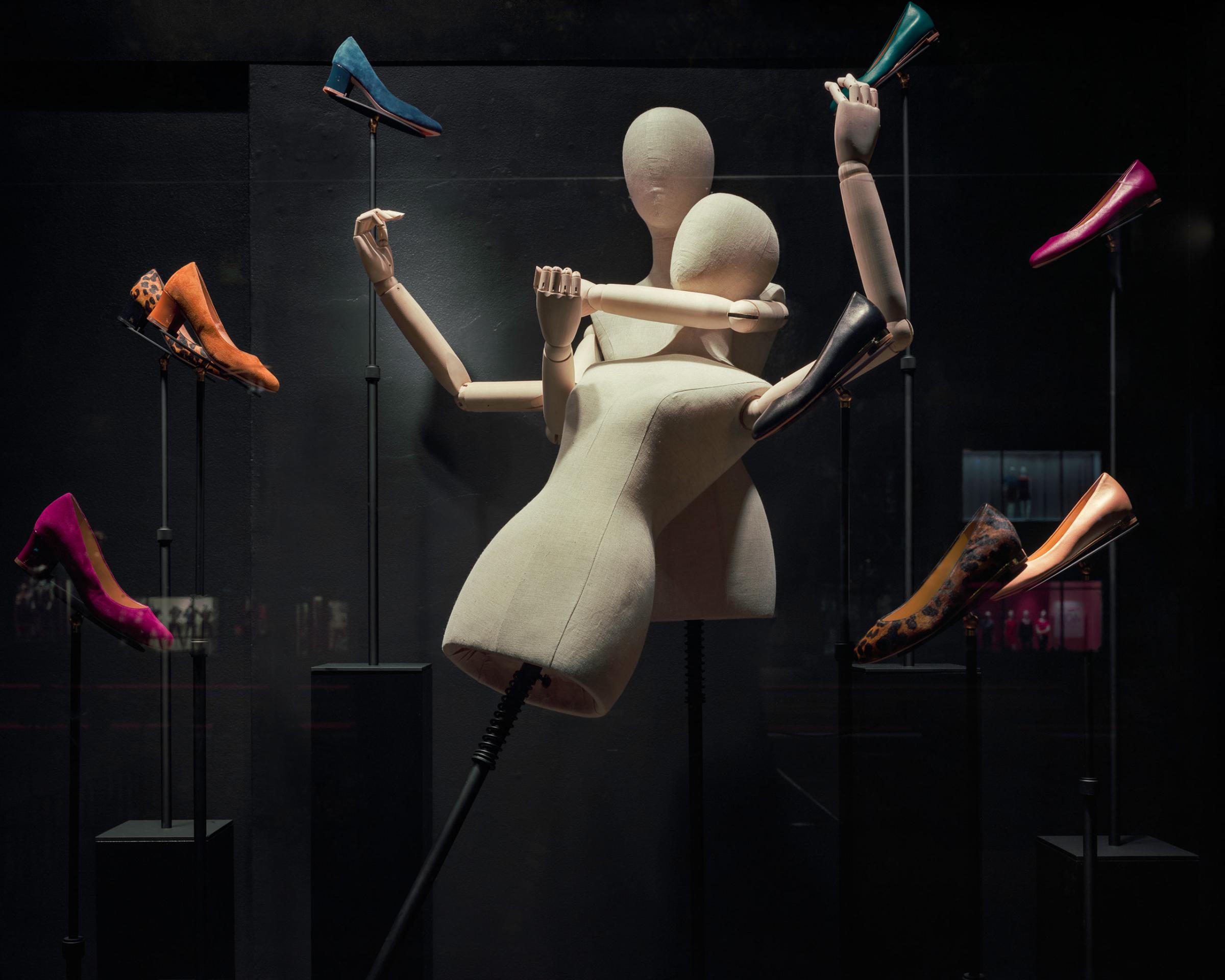
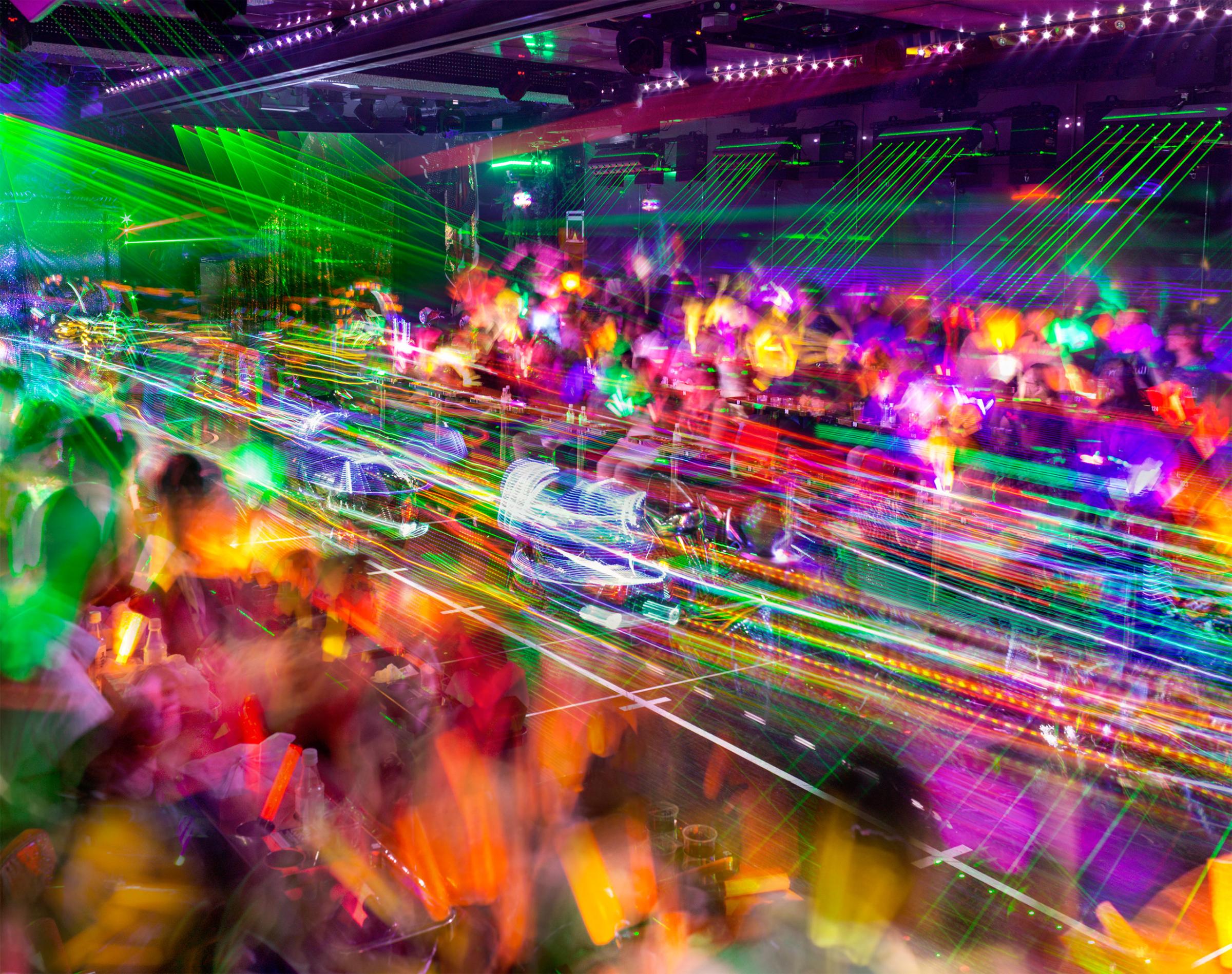
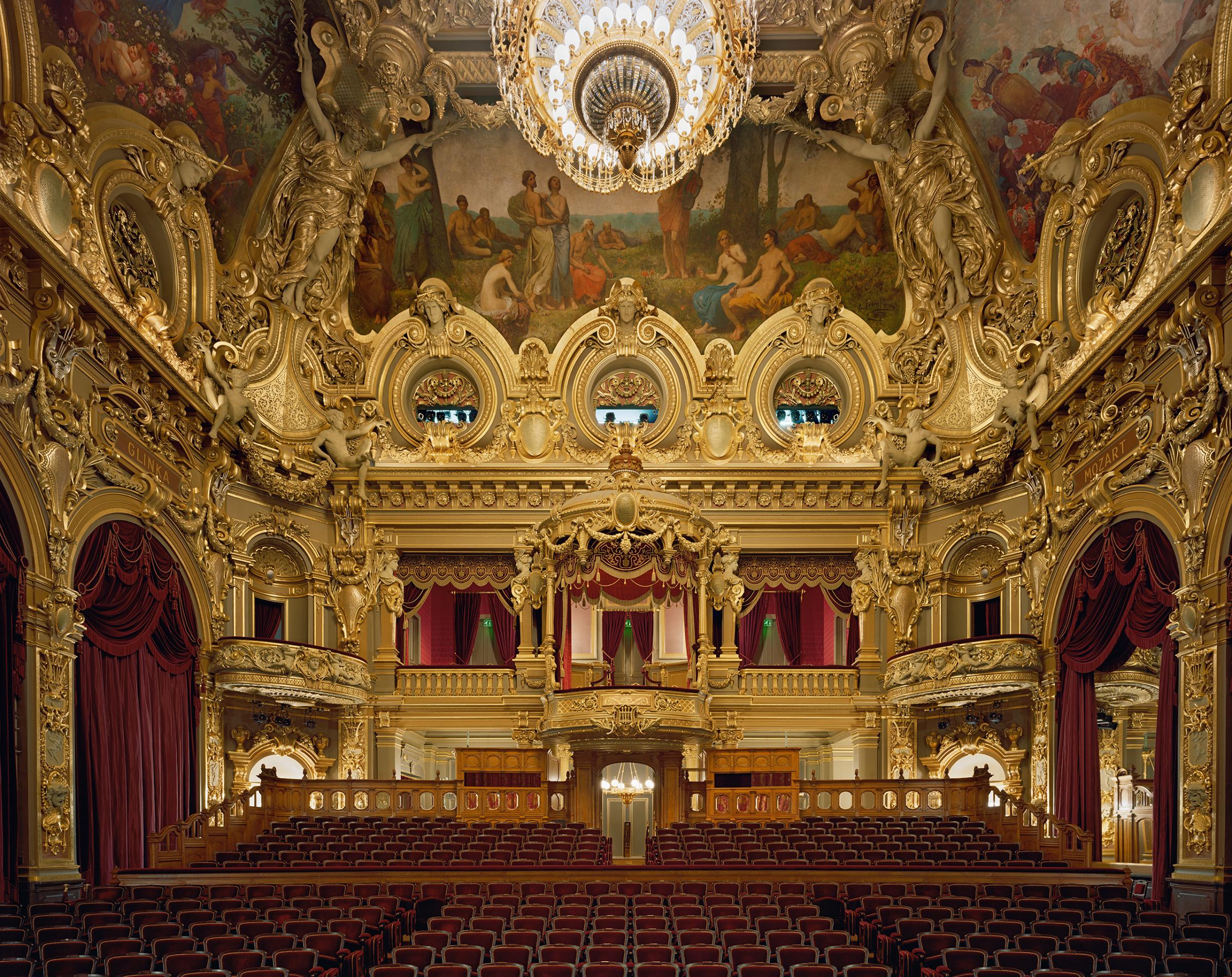
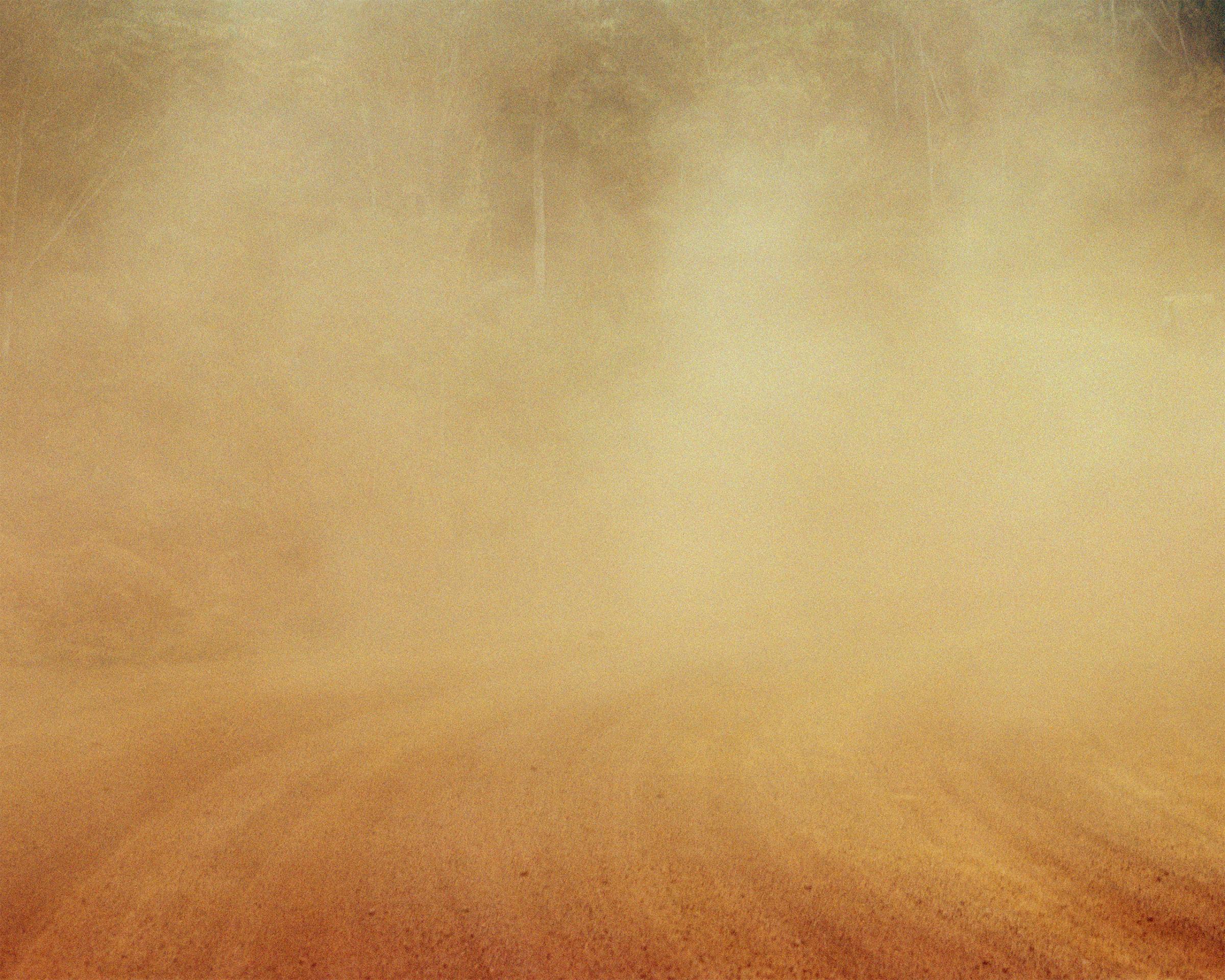

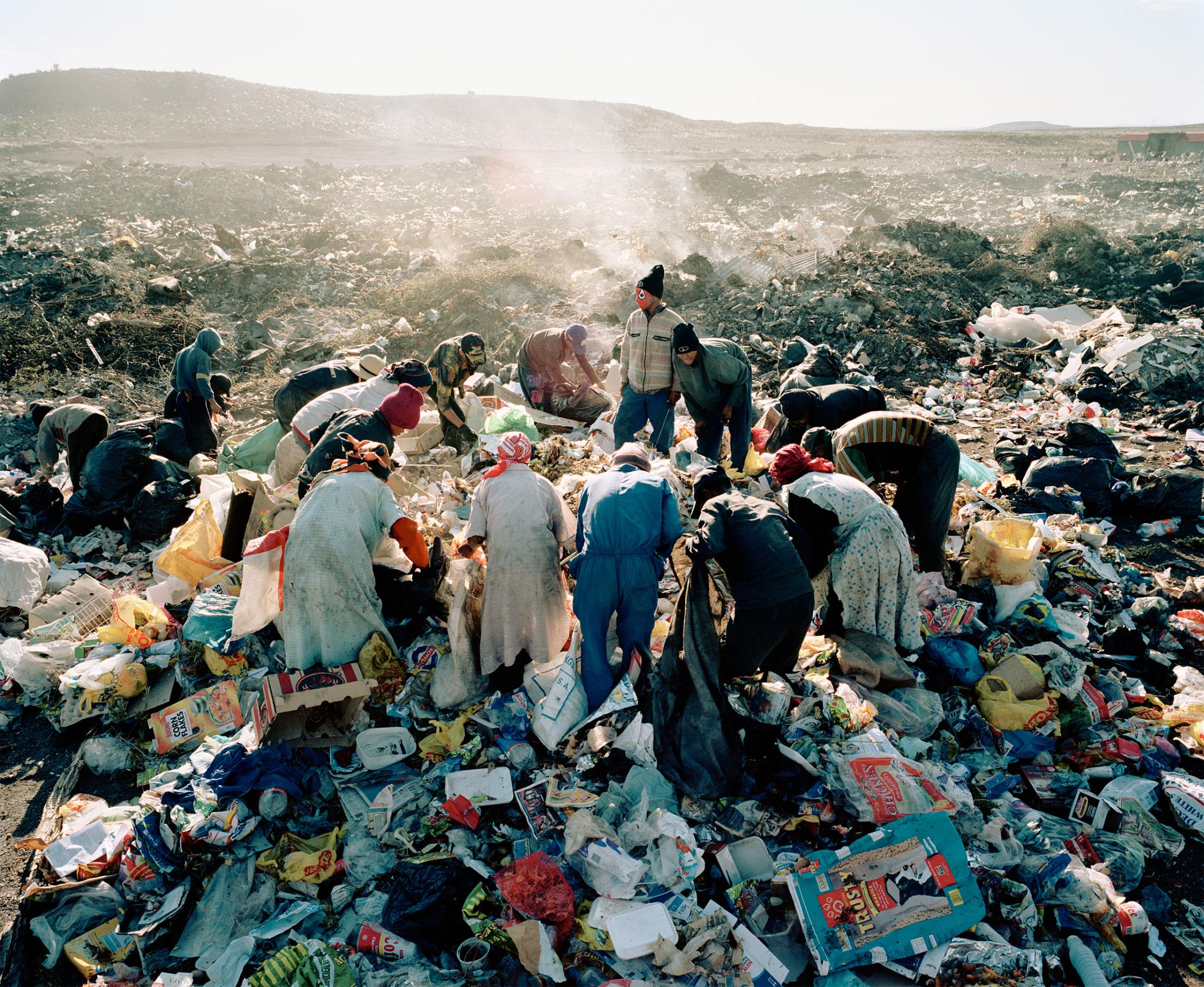
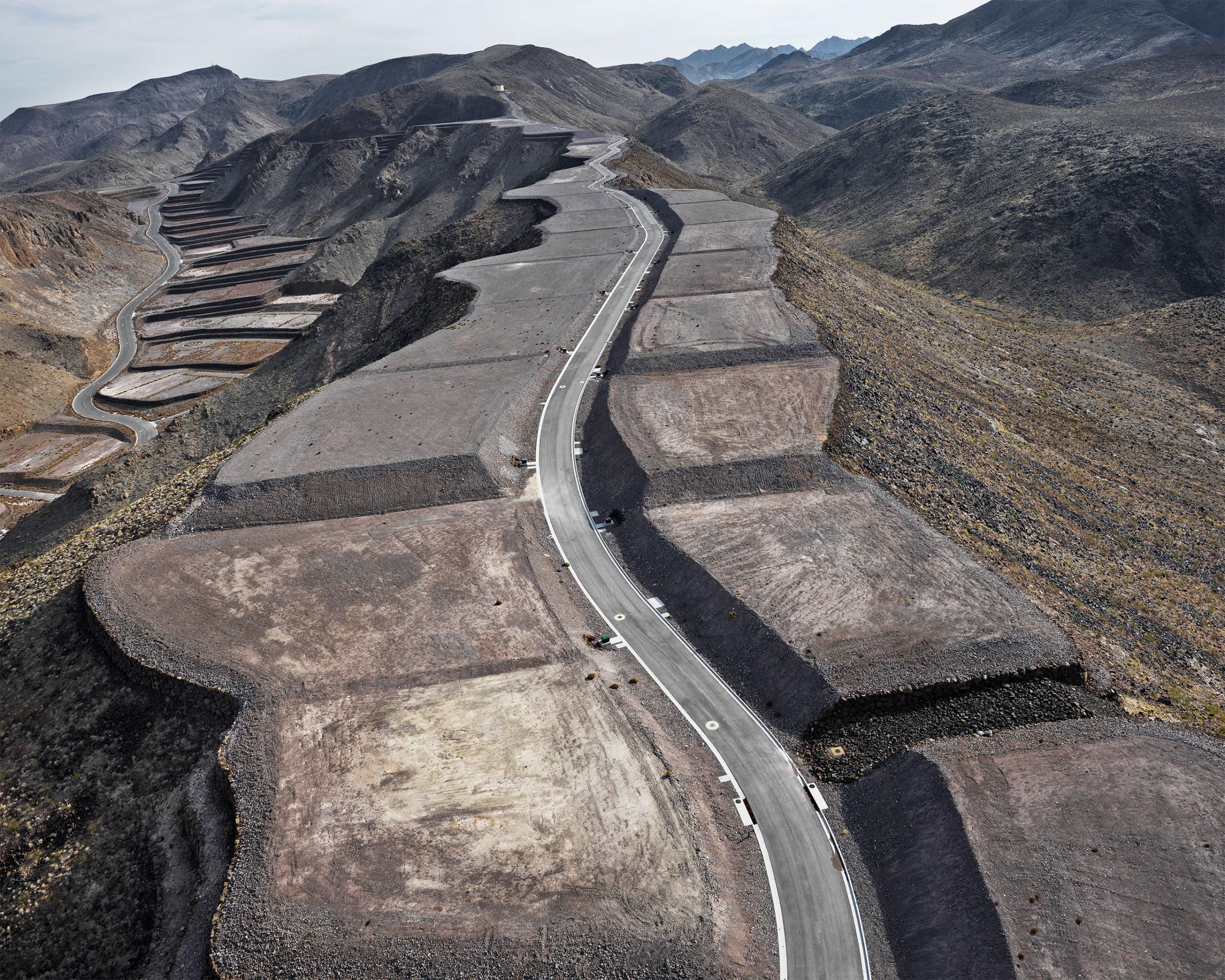
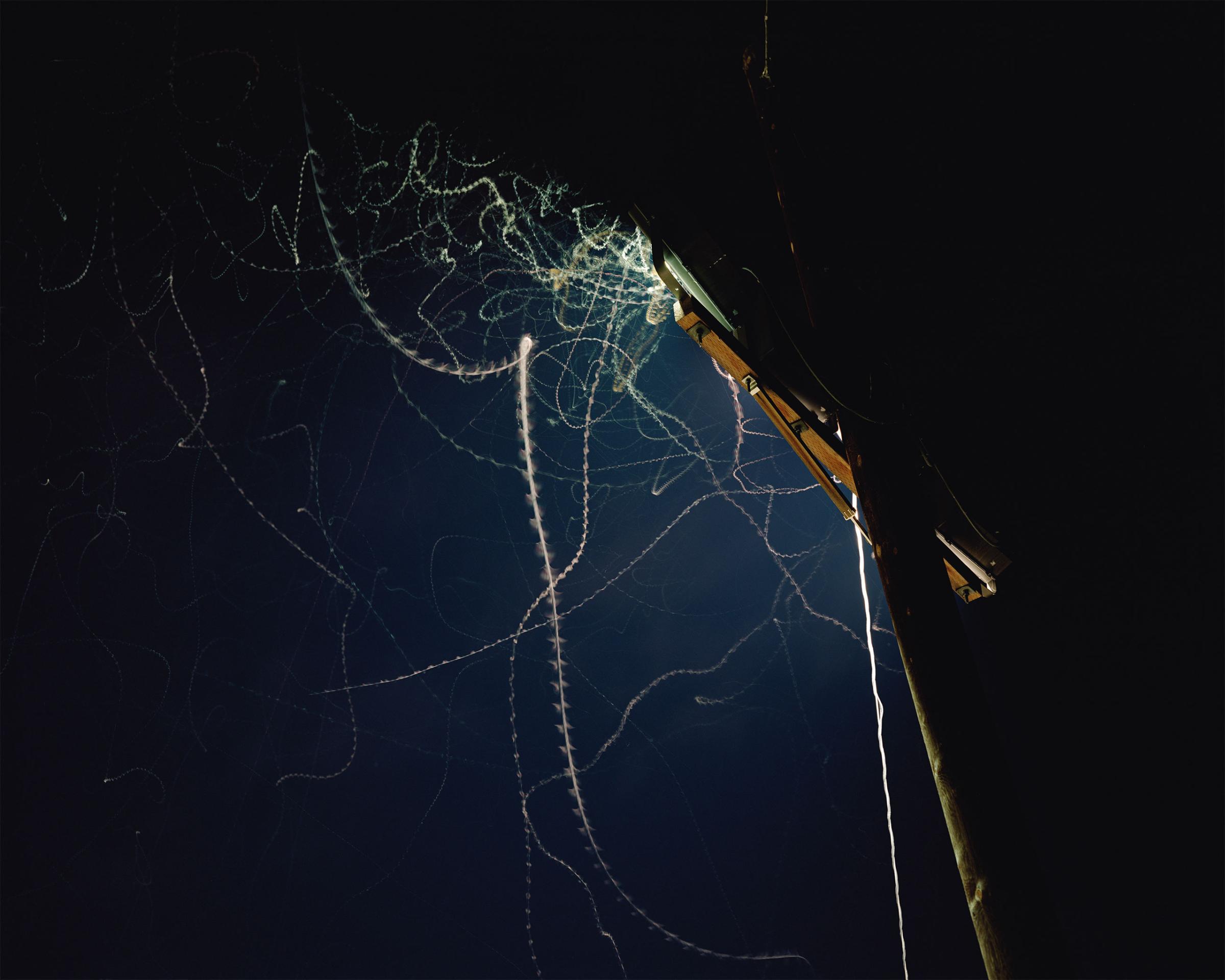
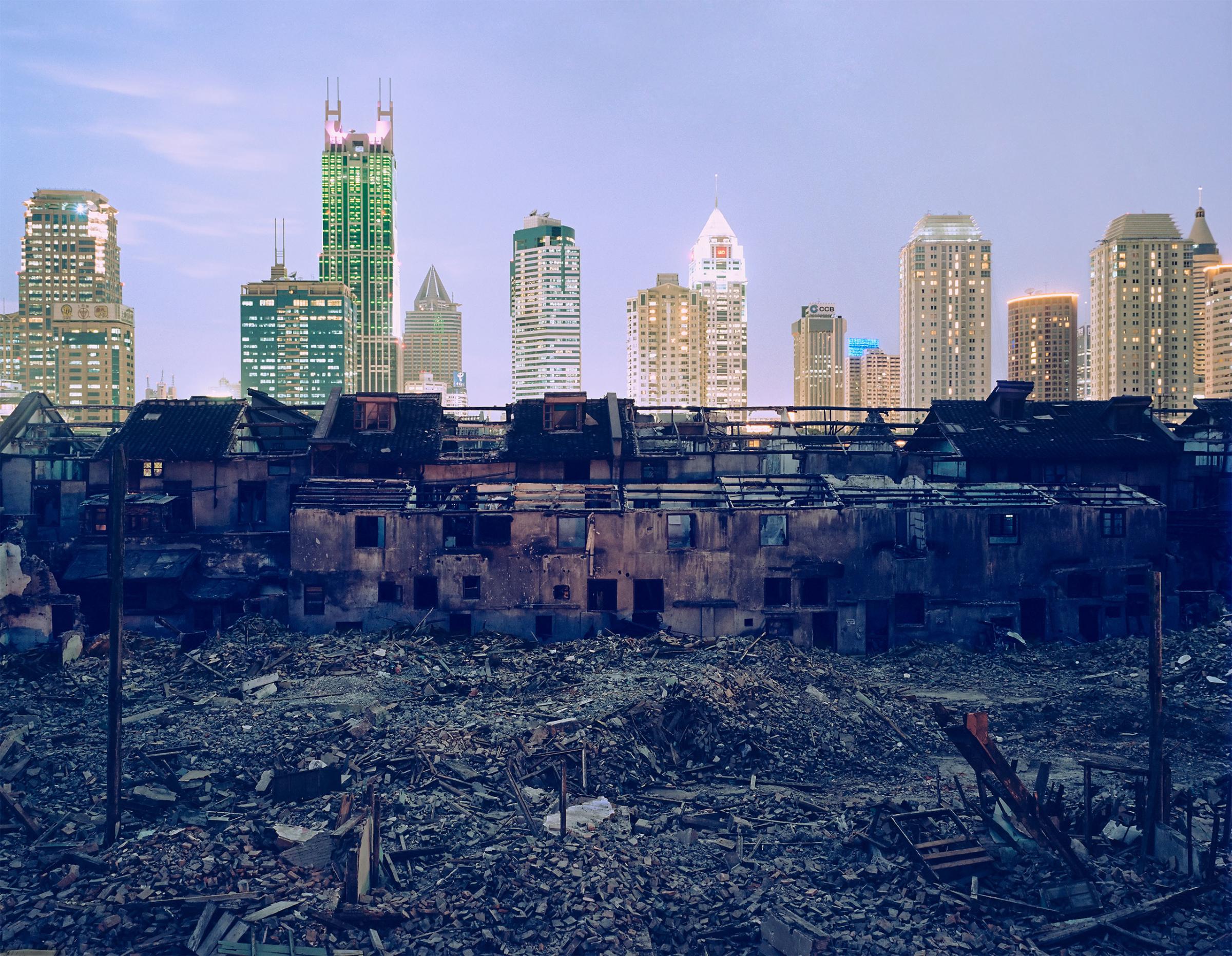
More Must-Reads from TIME
- Cybersecurity Experts Are Sounding the Alarm on DOGE
- Meet the 2025 Women of the Year
- The Harsh Truth About Disability Inclusion
- Why Do More Young Adults Have Cancer?
- Colman Domingo Leads With Radical Love
- How to Get Better at Doing Things Alone
- Michelle Zauner Stares Down the Darkness
Contact us at letters@time.com